We have much more to do and your continued support is needed now more than ever.
Five Actionable Ways Municipalities Can Support Black, Latinx and Indigenous Environmentalists
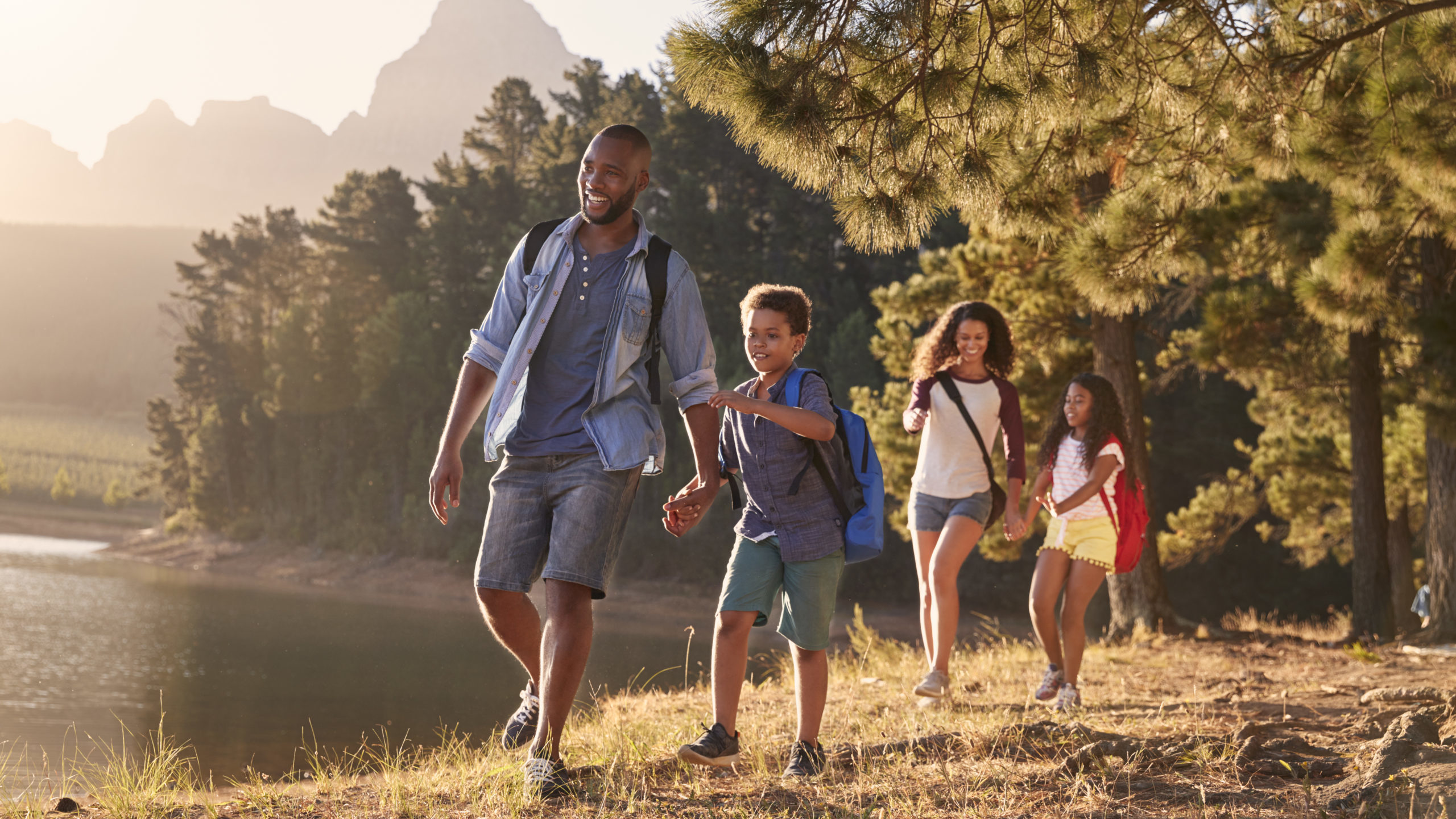
Through the Community Wildlife Habitat and Mayors’ Monarch Pledge programs, municipal officials and other community leaders encourage their constituents to plant with a purpose and foster vibrant habitats for wildlife and pollinators. In the spirit of conservation and connection, elected and volunteer leaders can cultivate vital green space in neighborhoods harmed by the toxic legacy of redlining and environmental racism.
According to the Federal Reserve, “redlining is the practice of denying a creditworthy applicant a loan for housing in a certain neighborhood even though the applicant may otherwise be eligible for the loan”. Up until 1968, this discriminatory housing policy was commonplace and carved up cities and towns into racially segregated pockets and set the stage for decades of purposeful disinvestment in Black, Latinx, and Indigenous communities.
Lack of adequate green space, fewer trees, and warmer temperatures in formerly redlined areas, where residents continue to be predominantly people of color, demonstrate the legacy of racial discrimination today.
“In communities of color and low-income communities, families have too few safe, close-to-home parks and coastlines where they are able to get outside. At this time of social distancing, when clean, fresh air is most wanted and needed, nature is out of reach for too many.
The unequal distribution of nature in America—and the unjust experiences that many people of color have in the outdoors—is a problem that national, state, and local leaders can no longer ignore. “
CENTER FOR AMERICAN PROGRESS
Despite these challenges, Black, Indigenous, and people of color (BIPOC) have maintained deep connections to the environment and nature. Building solidarity and progress as we face the challenges of the decade requires that we recognize our collective but diverse connections to the natural world.
By uniting communities around the creation of healthy green spaces for pollinators and wildlife, city leaders can strike a path forward on creating more equitable access to nature–especially for their marginalized constituents.
If you are active in city or local government, or are a community-serving organization, below are five ways that you can authentically support Black and Brown environmentalists:
- Partner with BIPOC-Led Community Organizations
Although underrepresented in popular media, Black, Latinx, and Indigenous environmentalists have worked tirelessly to increase access to green space and create healthier environments for kids and families. City managers and non-profits should identify and pursue opportunities to collaborate with local BIPOC-led organizations and activists who can inform outreach projects based on their valuable expertise. By making progress on community-identified priorities, municipal officials can demonstrate that environmentalism can be equitable and inclusive.
The Mayors’ Monarch Pledge program has been leading community-driven monarch conservation in North America for over 5 years. Saltillo, Coahuila located in northern México was one of the first communities in México to participate in the Mayors’ Monarch Pledge program through Profauna A.C. and their Programa Correo Real.
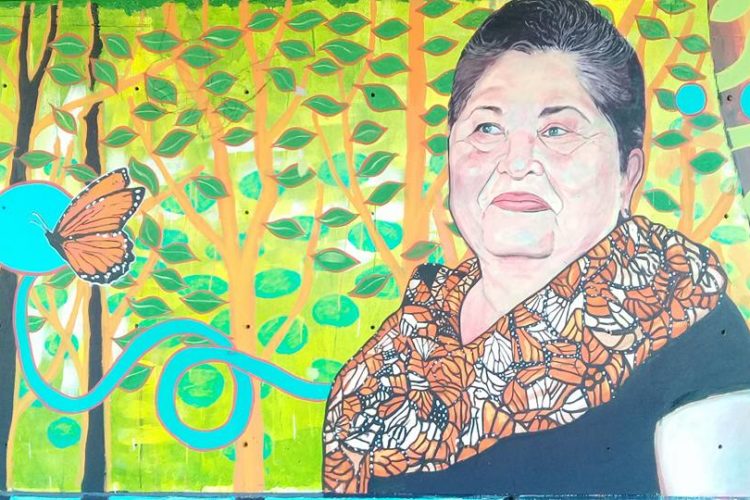
In 2017 the city completed a tribute mural to Rocío Treviño, who coordinated the Correo Real program for 28 years. The mural celebrates her achievements as a monarch champion and her dedicated leadership that helped wildlife experts trace the migratory route of the monarch butterfly in México.
Public art demonstrations, such as murals, are an amazing way to engage with your community and foster awareness and connection to the values of equity, justice, and environmentalism. Gather a group of key environmental and community stakeholders to organize a mural, photo or art contest, or any other project that engages your community in topics surrounding environmental justice, wildlife, and conservation. Such projects provide opportunities for BIPOC activists to reclaim the narratives surrounding environmentalism and conservation.
Explore ways to increase collaboration and mutual support for conservation and wildlife through festivals or educational events where you can engage kids, families, and community leaders. Such projects should emphasize authentic partnerships, with a focus on capacity building and mutual learning.
- Start a Habitat Restoration Project that Improves Biodiversity and Supports Wildlife and Pollinators
Cities and urban communities play an important role in combating species decline and habitat degradation. Dozens of urban cities in the US and abroad are recognizing the multi-layered benefits of creating dense native habitat. When we create native plant habitats that provide all the necessary elements for wildlife, food, water, cover, and places to raise young, we can improve overall environmental health and biodiversity in communities that need it most.
Creating wildlife-friendly habitats at urban farms, parking lots, and in residential areas can help save pollinators, birds, and other wildlife. These actions can help improve air and water quality, increase pollination, and support urban farms— all necessary steps in creating biodiverse, healthy, sustainable communities.
Consider collaborative projects that can increase green space and wildlife-friendly habitat within communities that have not been selected for green space or habitat improvement projects in recent years.
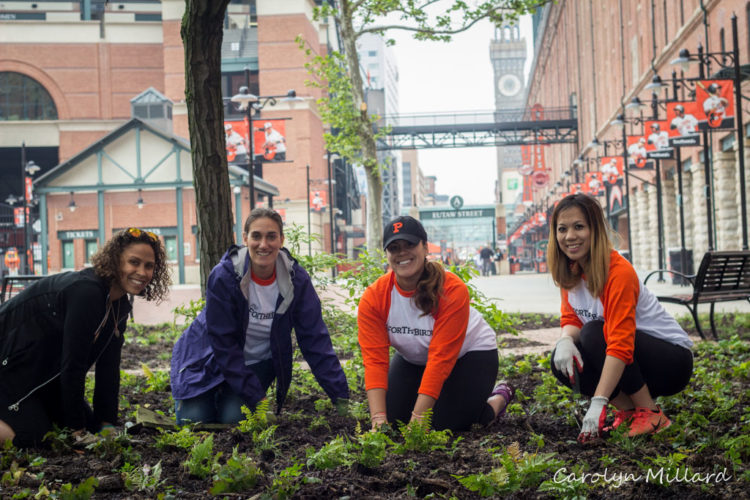
- Work with Children and Youth to Identify Nature and Wildlife Near Home
The COVID-19 pandemic highlights the need for getting people, especially children, outside for a “green hour” in ways that are safe and socially distanced. In many urban communities, large national parks may not be accessible, and therefore organizing events at local community gardens, parks, and outdoor spaces where you can do a garden tour, nature scavenger hunt, or bird watching can be very beneficial. It’s been proven that spending time in nature can improve our mind, body, and spiritual health and is an essential element of healthy human development.
Many Black Americans face discrimination outdoors and at national parks and though it will take deliberate and sustained actions to address this over time, we can facilitate greater positive participation outdoors for Black Americans by limiting barriers to access.
Organizers in Olympia, Washington tackled this issue by raising funds to give free camping gear kits to any BIPOC (Black Indigenous and People of Color) who requested, and other communities have started similar efforts. Look into whether your community already has a gear library or consider starting one by collecting camping gear donations, starting a fundraising campaign to purchase kits, and launching a social media or email campaign to get the word out. This can be the start of an ongoing effort to create a “gear library” in your community. All BIPOC individuals deserve safe, fun experiences in the outdoors, and providing support in this way can take us closer to that goal.
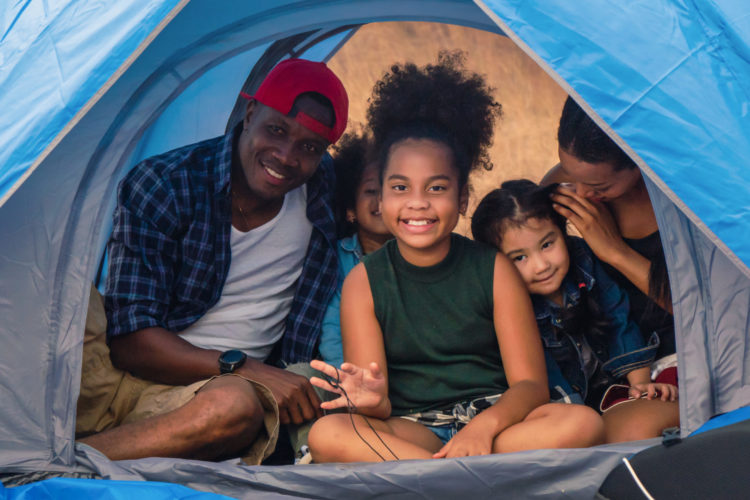
- Work with Your Parks Department to Prioritize Equity
It’s no secret that historical practices of racism have resulted in many Black neighborhoods lacking quality green space and sufficient urban tree canopy. As environmentalists, we must engage in restorative justice that can remedy the harmful consequences of past discriminatory policies.
Denver Parks and Recreation is doing just that. The department has a citywide goal to ensure that every resident is within a ten-minute walk of a quality park. The department is prioritizing equity and justice during their land acquisition processes by prioritizing projects in communities that have received the least investment in the last ten years. Frameworks for assessing equity in green space development should include the 10-minute walk approach, as well as assessments on how much green space is available within a certain geographical area.
Convene a meeting to discuss what data your community has available about environmental and neighborhood equity, and find ways to integrate equitable decision-making processes into parks department procedures.
- Host a Dialogue around Films, Books, Articles, or Videos Related to Diversity in the Outdoors
Host virtual discussions, fireside chats, or other community gathering events where you can have a dialogue about films, books, articles, and videos related to diversity in the outdoors. Many of the resources included in this blog are also great places to start!
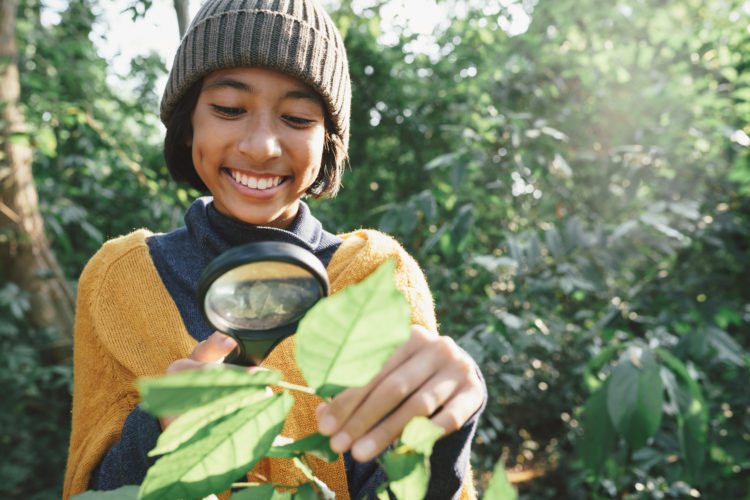
Nature is a public good, that not all Americans have been able to freely benefit from, and therefore, to achieve the principles of justice and promote biodiversity, we must work to build across barriers and remedy the mistakes of the past, Taking action is the first step.
For more information about urban wildlife and community-driven conservation visit the National Wildlife Federation’s Mayors’ Monarch Pledge, Sacred Grounds, and Community Wildlife Habitat websites.





















